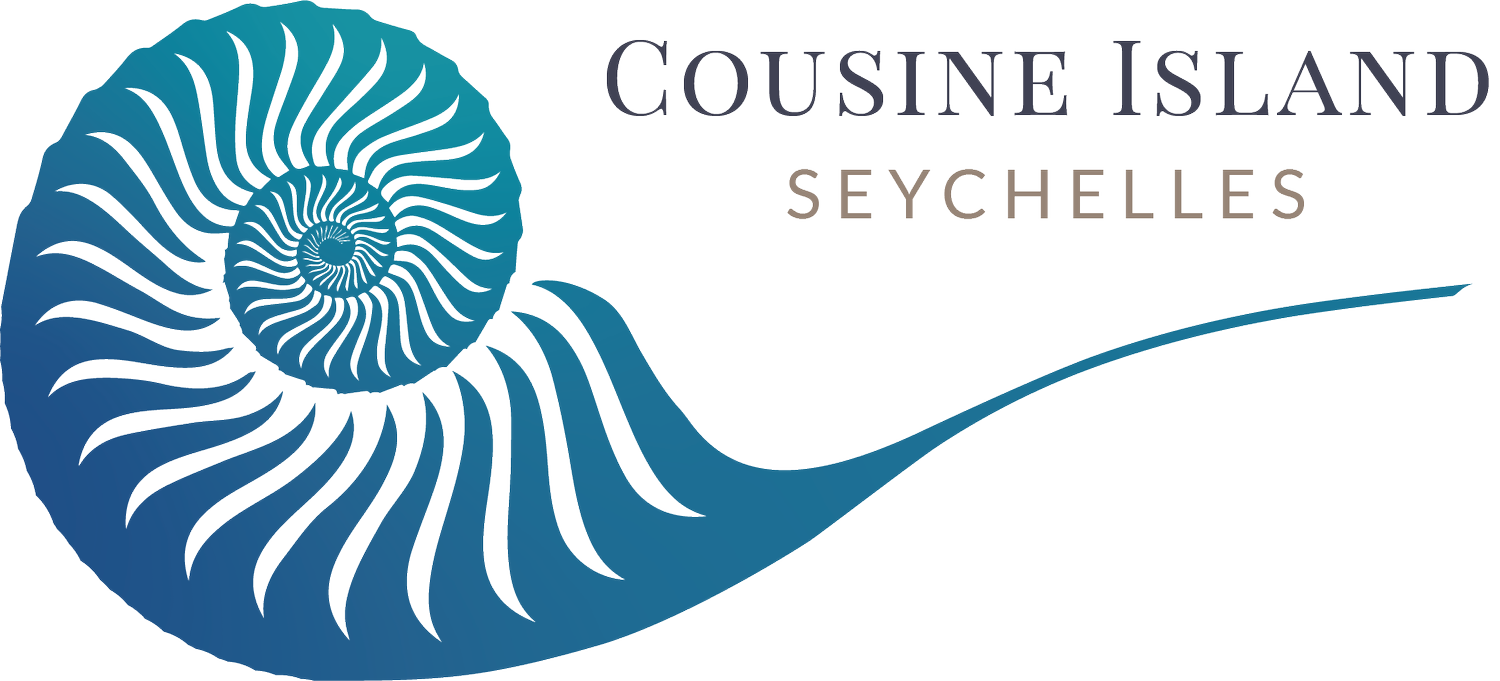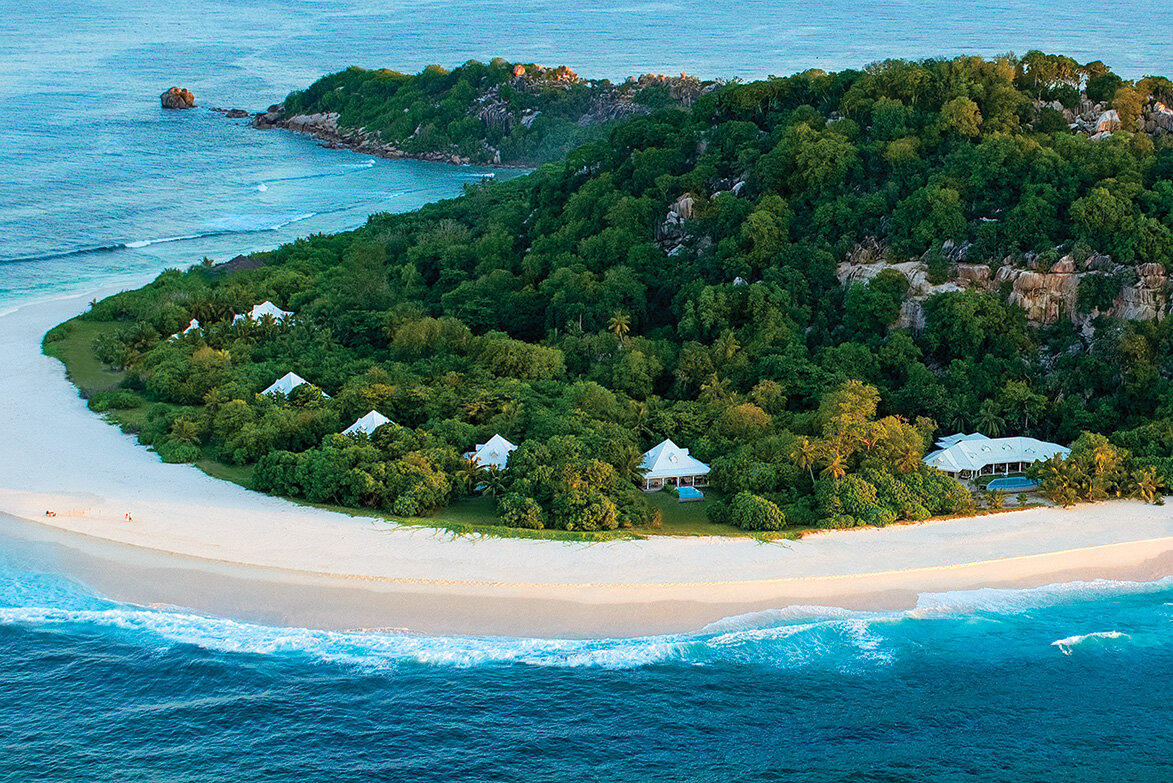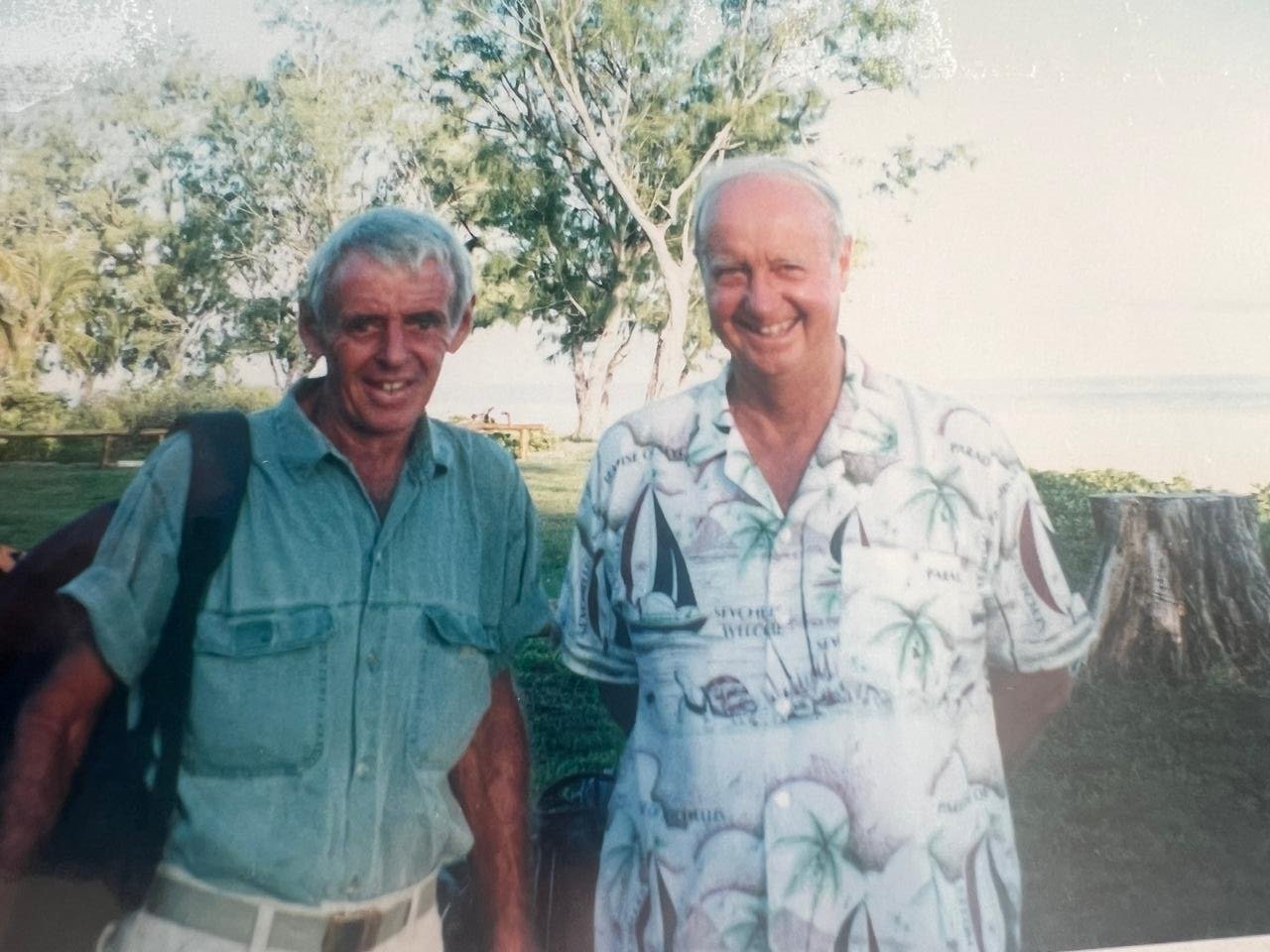塞舌尔的明珠库辛岛的历史
1800's
最早的所有权记录
1818 年 12 月 25 日,路易-普邦诺(Louis Pouponneau)将 库松岛出售给皮埃尔-雨果(Pierre Hugon),这是库松岛所有权的首次记录。遗憾的是,岛上的自然资源遭到了开发,这对以库松岛为家的动植物(以及周围的海洋生物)造成了严重影响。 卡苏阿瑞纳树的木材被过度采伐,用作邻近的普拉斯林岛和马埃岛的木柴。
大量在塞舌尔被视为美食的燕鸥蛋 (每年 8,000 至 14,000 枚)被清除。 因此,苏蒂燕鸥放弃了在岛上的繁殖地。楔尾剪水鸟的雏鸟在塞舌尔也被视为美味佳肴,成千上万的雏鸟被捕捉,这极大地影响了塞舌尔的鸟群数量。岛上种植了各种作物,如椰子树、香蕉树、烟草和法塔克(豚草 )。
人们在周围的珊瑚礁上捕获了大量鱼类,然后卖到普拉兰的市场上。许多上岸产卵的海龟成为人类开发的牺牲品。绿海龟的肉可以食用,玳瑁海龟的壳可以用来制作珠宝。现在,这两种海龟都在库辛岛上筑巢。
1992
修复与保护的疗愈之旅
1992 年,现任岛主 M.F. Keeley 先生和他的妻子买下了这座小岛,并将其改造成他们爱的遗产。 在修复工程的最初阶段,所有的农场动物(牛、猪、鸡)和卡苏里娜树都被移走了。
修复计划还包括大规模种植本地特有树木(1992 年至今约种植了 8000 棵),以及清除所有非本地动植物物种。由于这些鼓舞人心的努力,该岛已经从过度采伐和开发的历史中恢复过来。恢复和保护工作本身就是一项无与伦比的成功。
2020
我们的真爱遗产
如今,库辛岛已成为许多物种的天堂般的避风港,也是塞舌尔为数不多的完全没有外来哺乳动物(如野猫和野鼠)的花岗岩岛屿之一。岛上还实现了多种本地物种的重新引入。1996 年,塞舌尔引进了濒临灭绝的塞舌尔鹊鸲,感谢 Fregate 私人岛屿--重新引进的重要合作伙伴。多年来,它们的数量已增加到 50 多只,分布在全岛 12 个领地。
现在,库桑岛每年都有成千上万只海鸟在此筑巢(包括约 55 000 对小鹦鹉)。1992 年至 2004 年间,岛上引进了 20 只巨龟,还有更多购买或救助的巨龟在库松岛安了家。现在,有 78 只年龄在 5 岁到 120 岁之间的自由活动的巨龟以库塞岛为家。塞舌尔莺健康种群的重新引入也取得了成功。
从不可持续开发的绝望到恢复和保护,库辛岛是一个成功的保护故事。这对夫妻的爱情结晶让塞舌尔这个珍贵的私人小岛重获生机,而我们只需从自己做起,就能为全球的花卉和动物生物多样性做出贡献。
亲身体验库桑岛的神奇魅力。
我们邀请岛上的客人参加保护活动,如导游带领的徒步旅行和植树活动,但只要到岛上来(哪怕只是一天),也会为我们的保护工作做出贡献。




















